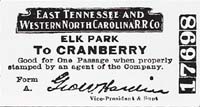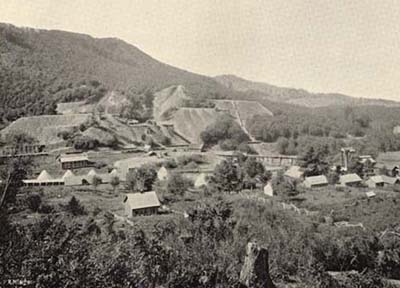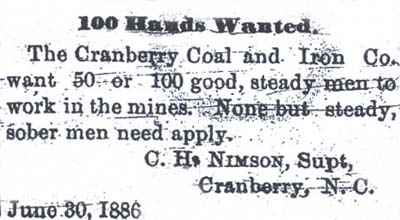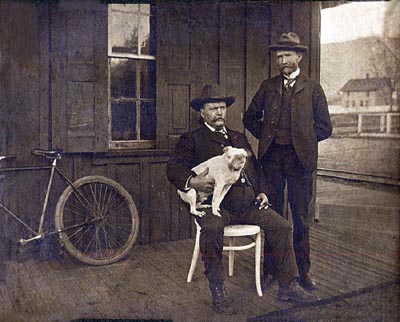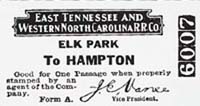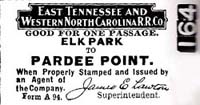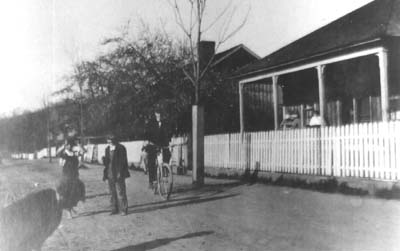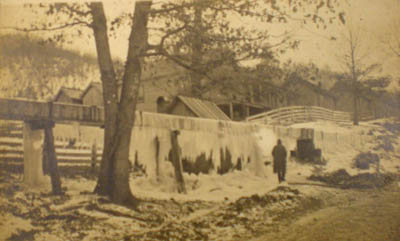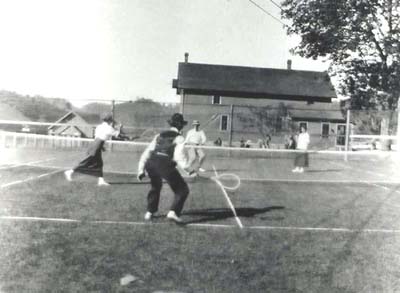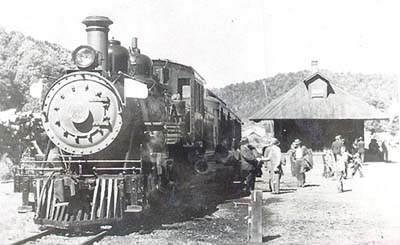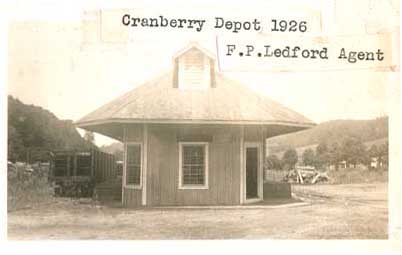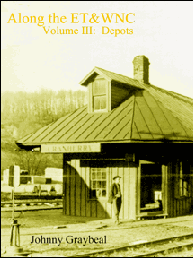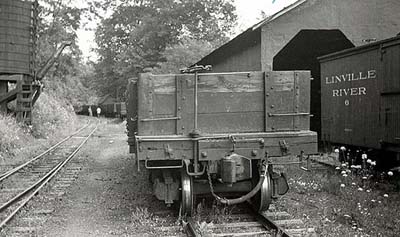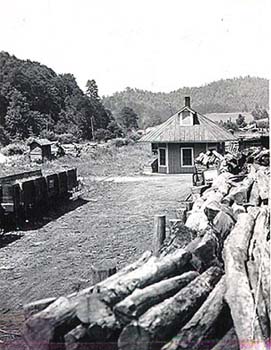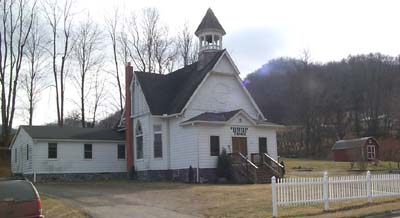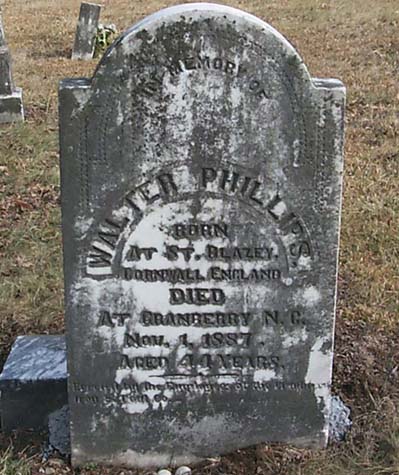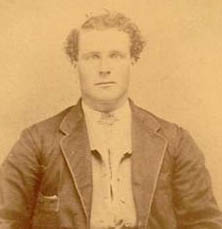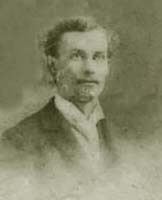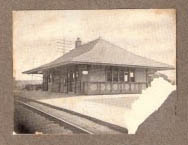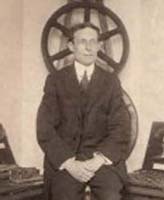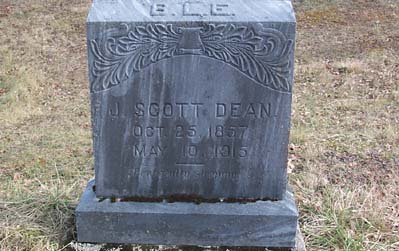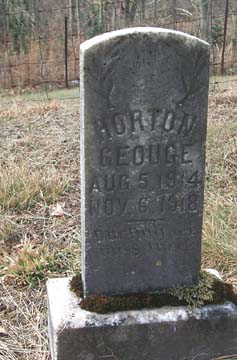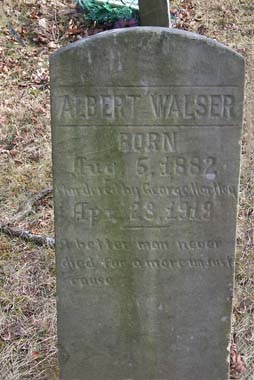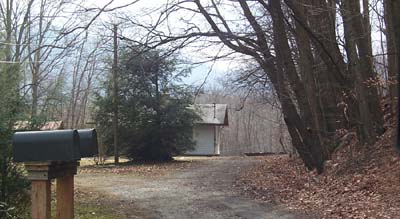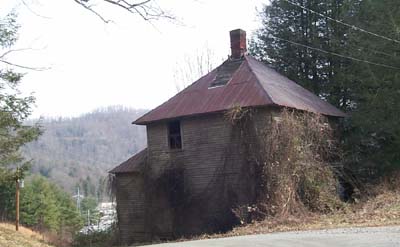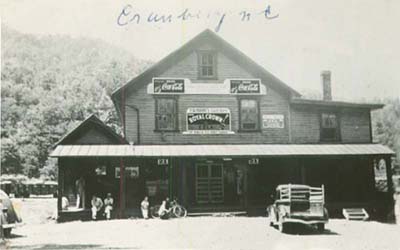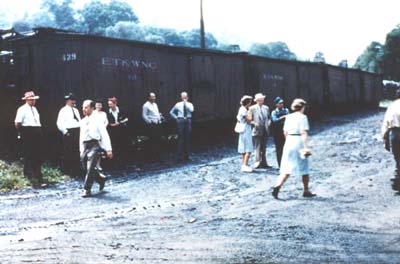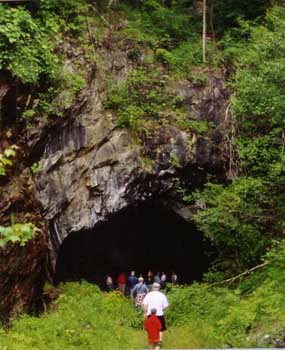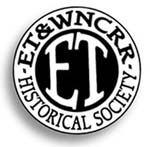That is my friend Keith Holley's great-grandpa. He was a logger and had a fine team of Belgian draft horses. Hartley was working for him and got drunk on the job and was abusing these fine animals. Walser fired him on the spot. That night, when Walser was driving the team back home, Hartley shot him in the back and killed him. Hartley will be remembered as a murderer as long as this stone stands.
Postscript - A Hartley descendant e-mailed this postscript to the Walser murder story:
"My grandfather--George Hartley's son--was named Paul, and he didn't share any of
George's-- they called him Pa--story with his family (my dad Roland and daddy's brother Jimmie) until many years later. One reason was because of the shame and embarrassment regarding his dad's crime, the other because he had learned to be very cautious and wary of providing any kind of personal information because Pa lived most of his life looking over his shoulder waiting to be caught by the authorities. The information I have is sketchy at best. I thought Pa aka George had actually been convicted and sent to prison then escaped, but my mom seems to think he was never captured after the crime. This is what I know of the story. I'll try to identify the parts that seem to come from a less than certain memory...
George works with Walser at the livery stable. Walser tells George to stop riding the horses so hard. George, who is rumored to have already been drinking at this point, become angry and he and Walser had words in front of several people while still 'in town. George goes home, gets his gun, hides behind some trees or something and shoots Walser and the horse. There wasn't anything in my recollection of the event that said anything about it being a shot to the back, but I don't know for sure. George was apprehended and there was some call for a hanging, but because George's father (?) was a well-known minister in the community, the decision was made to sentence George to prison instead. I'm pretty sure the prison was in eastern TN. He escaped and hid out in the mountains close to the home of some family members who helped to take care of him on the sly, as the authorities were searching for him. At some point the family saved enough money to send him by train out west. He ended up in Arkansas clearing timber on Crowley's Ridge, changed his name to Charles Smith (how original is that), and lived the rest of his life looking over his shoulder. At some point he sent for his wife and son(s?) Paul, my grandfather. I've heard a variety of add-ons to the story, but I think this is the general idea.

